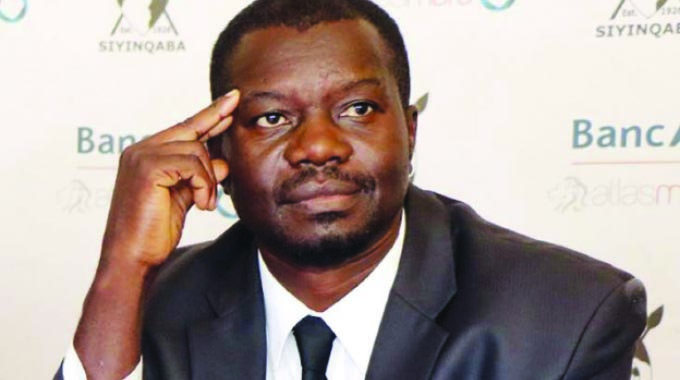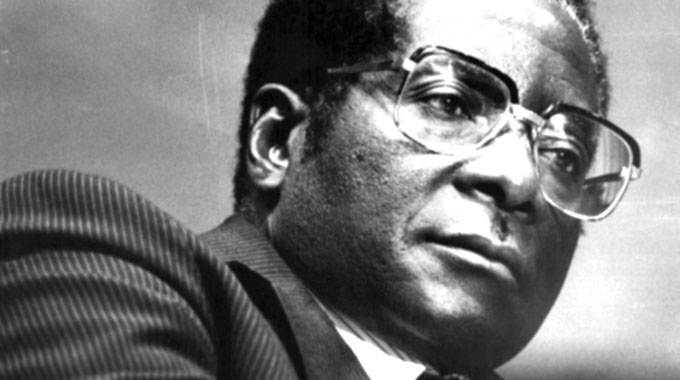Rail accident investigation exonerates authorities
The Rhodesia Herald, 18 March 1907
A TECHNICAL investigation was held yesterday at Waterval Onder into the cause of the terrible railway disaster on Wednesday morning.
The investigation has thrown considerable weight on the occurrence, and it is satisfactory to state that the conclusions arrived at completely exonerate the railway authorities of any negligence which could have contributed to the cause of the accident.
The heavy rains which fell in the immediate locality of the accident, it has been established, were due to a sudden cloudburst as no rain fell at stations only a few miles on either side of Alkmaar at the time.
The rainfall at Alkmaar on Tuesday night has been gauged at four and a half inches, and the river, a tributary of the Komati, which flows in the valley below the railway, still bears traces of the exceptionally heavy nature of the rains from branches of trees on the banks, reeds and grasses which were swept down from the slopes.
A representative of the “Star,” who returned this morning from the scene of the accident, states that the fatal culvert is one of the most unlikely places for an accident to occur.
At this point, the railway is constructed well up on the side of a gradual slope, and in the ordinary course of events it would be unnatural for any great volume of water to be banked on the south side.
A temporary culvert has been constructed of sleepers, and trains now pass the locality at “dead slow” speed.
There are still five of the injured in Waterval Onder Hospital.
LESSONS FOR TODAY
According to online sources, Waterval Onder is “a small village situated at the base of the escarpment on the banks of the Elands River in Emakhazeni local municipality, in Mpumalanga province, South Africa.” Despite advances in technology, rail accidents are still commonplace the world over. Expertise is required to find solutions.
Everyone in the railroad industry attempts to keep operations as safe as possible by building good equipment, operating trains safely, and properly testing and implementing new technologies.
Comprehensive derailment prevention and investigation training is performed regularly to reduce railroad accidents.
Track owners are responsible for ensuring their tracks are maintained and in good repair. Over time, tracks become worn out and broken, which can cause train derailments and other problems.
Human error is a contributing factor in a large number of accidents.









Comments